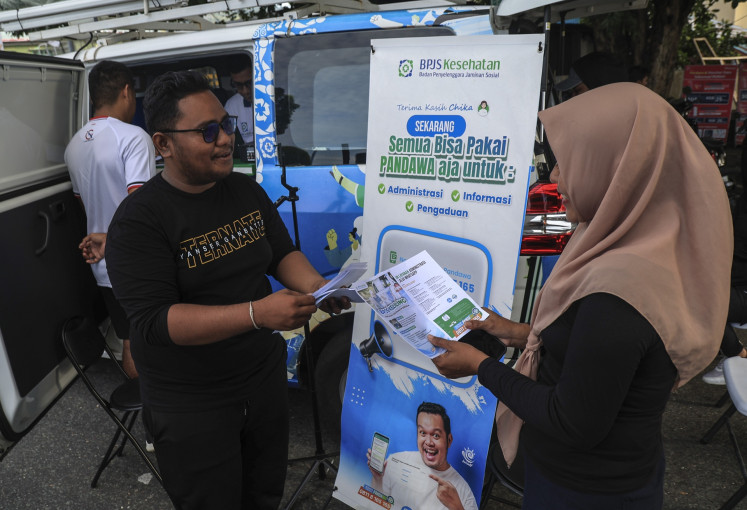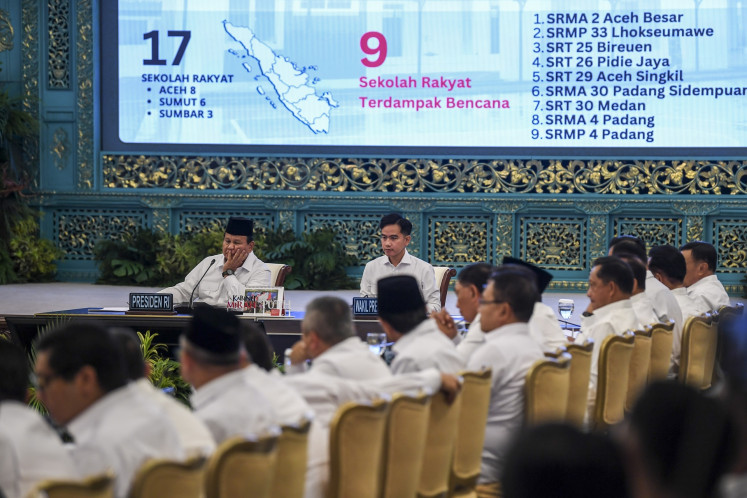Popular Reads
Top Results
Can't find what you're looking for?
View all search resultsPopular Reads
Top Results
Can't find what you're looking for?
View all search resultsKartini Day: Toward equality in female labor force participation
Based on Statistics Indonesia (BPS) data in 2019, there is an almost 30 percent gap between the participation of women and men in the labor market.
Change text size
Gift Premium Articles
to Anyone
R
A Kartini’s aspirations concerning equality in educational opportunities for women have been achieved. In 2021, the participation rate of women in tertiary education reached 33.42 percent, or 4.4 percent higher than men. Although there are more men than women in the age group over 15 in terms of the average length of schooling, the number of women who have completed tertiary education in the age group under 40 is higher than men.
In terms of quality, as stated in an Organization for Economic Cooperation and Development (OECD) report of 2019, girls' performance in the Program for International Student Assessment (PISA) in Indonesia is higher than boys for math and science. In contrast, the world average score showed that girls outperformed boys only in science but not in mathematics.
The high participation and quality of women in education deserve to be celebrated. Unfortunately, it has not been reflected in labor market participation. Based on Statistics Indonesia (BPS) data in 2019, there is an almost 30 percent gap between the participation of women and men in the labor market.
Women aged below 40, or millennials, who have a higher level of education are in the productive age group, but they are also seen as a vulnerable group that drops out of the labor market because of marriage and childcare. The double burden on women often hinders them from active participation in the labor market.
The low rate of female labor force participation is a loss of economic opportunity due to their higher quality compared to men. McKinsey's report in 201 8 estimated that by increasing gender equality in economic participation, Indonesia could add US$1.35 billion to its gross domestic product (GDP) by 2025. This can be one of the drivers of economic recovery and growth amid the pandemic.
However, this would require a comprehensive strategy and policy.
The results of a Danareksa Research Institute (DRI) survey in six provinces involving more than 1,700 households in March found that the two most important aspects that could help keep women in the labor market are their husbands' or family's support and flexible working hours.



















